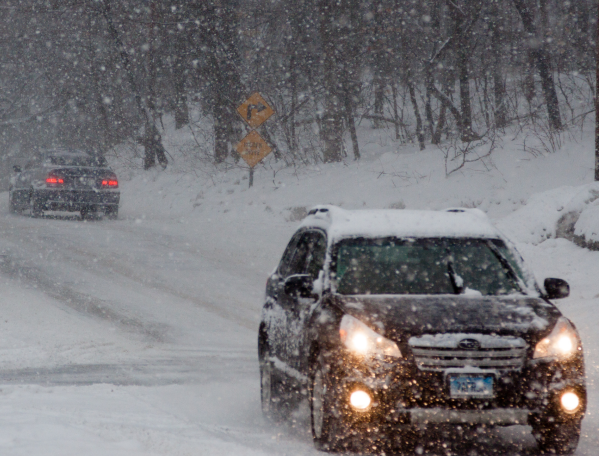The cost of winter seems to go up every year — and not just in money. If you’re not prepared for it, it can be a time-stealer, too. I know someone whose life was turned upside down when a secondary branch of an ancient oak tree came crashing through his roof. Crews were chainsawing day and night in the backyard for at least a week.
The homeowner didn’t anticipate anything like that happening, so I came up with a list of things that should always be on your radar when the air begins to chill:
- Make sure your pipes don’t freeze: Frozen pipes are a homeowner’s nightmare. If the situation is contained and no bursting has occurred, never use anything more intense than a hair dryer to melt the logjam — because your pipes are likely surrounded by your house. Bursting pipes are a homeowner’s worst nightmare. It’s pretty much guaranteed that plumbers will be in high demand, so my advice is to get on the list as early as possible.
You can prevent freezing and bursting by letting a trickle of water drip from your sinks and showers on the coldest nights.
- Space heaters need to be plugged into the wall: Surge protectors, power strips, and extension cords cannot handle the amount of power a space heater requires. It is not uncommon for them to melt or catch fire. This advice has been making the rounds since the fatal fire in the Bronx, which was caused by a space heater.
- Look out for precarious trees: If you’re not already on top of the tree situation, put it as a top priority on your to-do lists. Beautiful, old trees that protect us from the sun in summer can grow limbs that are simply too heavy — potentially affecting our safety and our bottom line during winter storms.
- Think of your dog’s cute little feet: Dog owners in New York are increasingly aware of the harm that melting salt can do to their dogs’ feet. You can deflect vet costs from your bottom line by getting some booties for your city-dwelling dog. From what I can gather on social media, 50% of dogs seem to adapt well to them. And the ones that don’t look cute trying to take them off.
An important part of my philosophy is prevention. Take care of problems before they get out of hand, and look for ways to avoid them in the future. That’s why every chapter of our upcoming book has an actionable checklist that looks to the future, no matter what life stage a person may be in.


Recent Comments